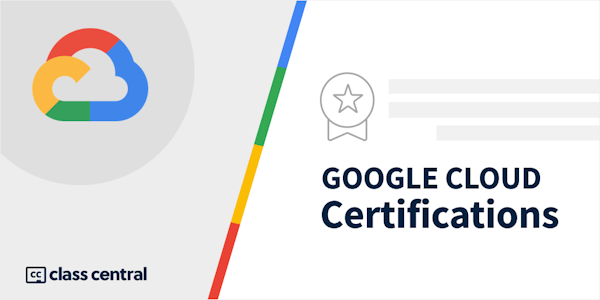Class Central Tips
This course covers BigQuery fundamentals for professionals who are familiar with SQL-based cloud data warehouses in Redshift and want to begin working in BigQuery. Through interactive lecture content and hands-on labs, you learn how to provision resources, create and share data assets, ingest data, and optimize query performance in BigQuery. Drawing upon your knowledge of Redshift, you also learn about similarities and differences between Redshift and BigQuery to help you get started with data warehouses in BigQuery.




